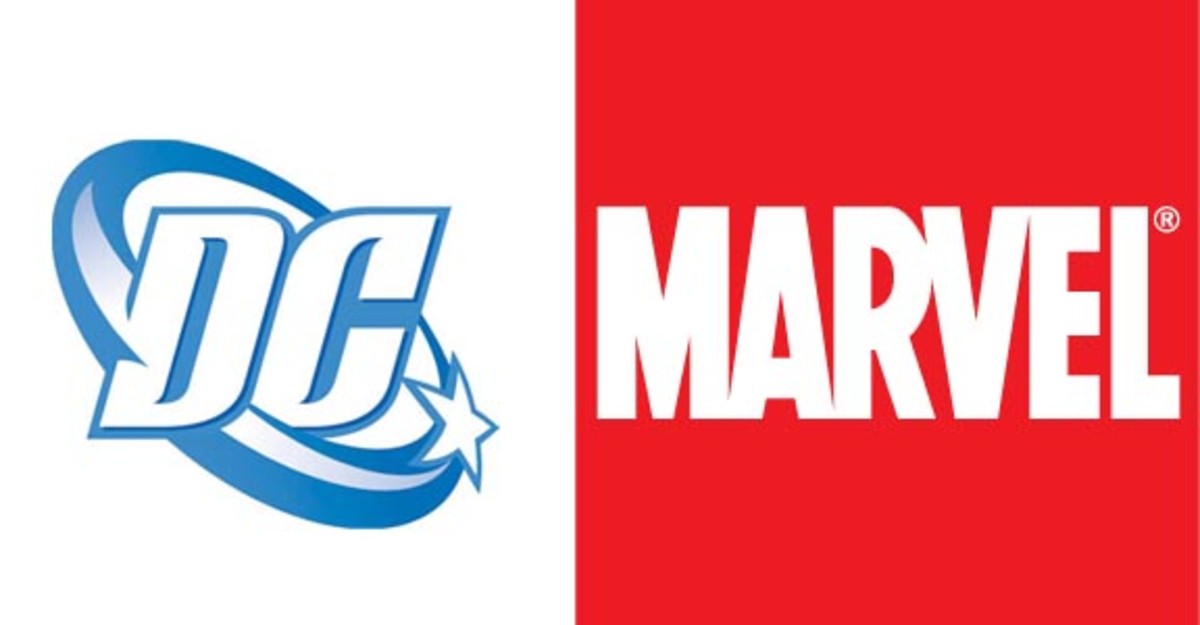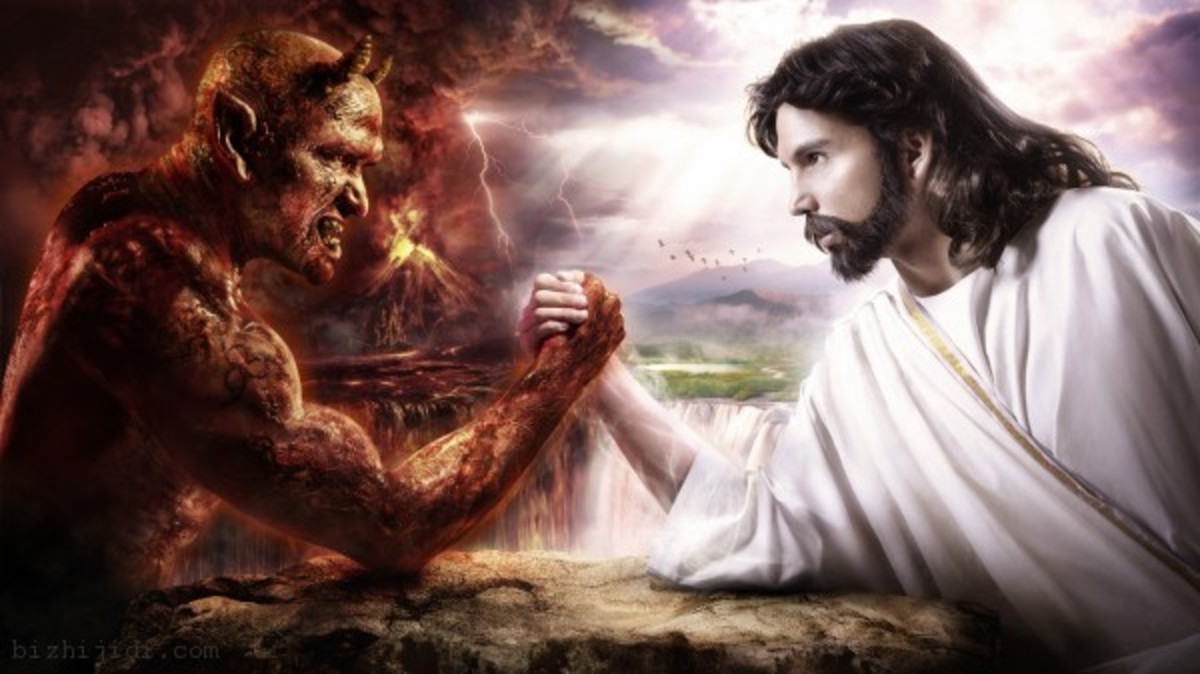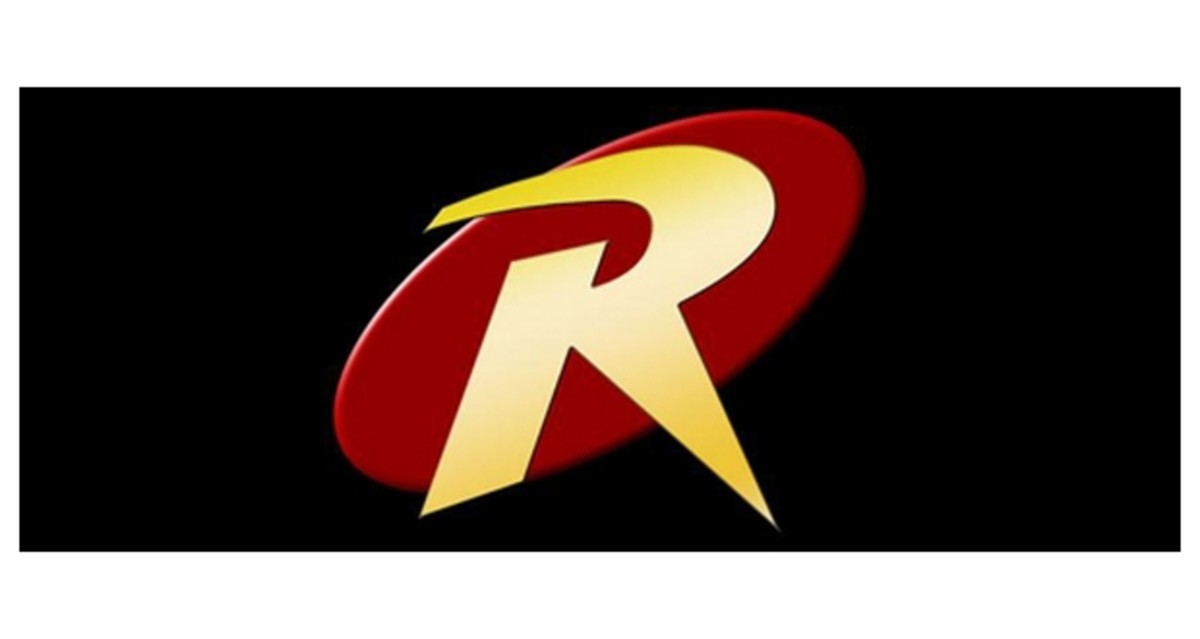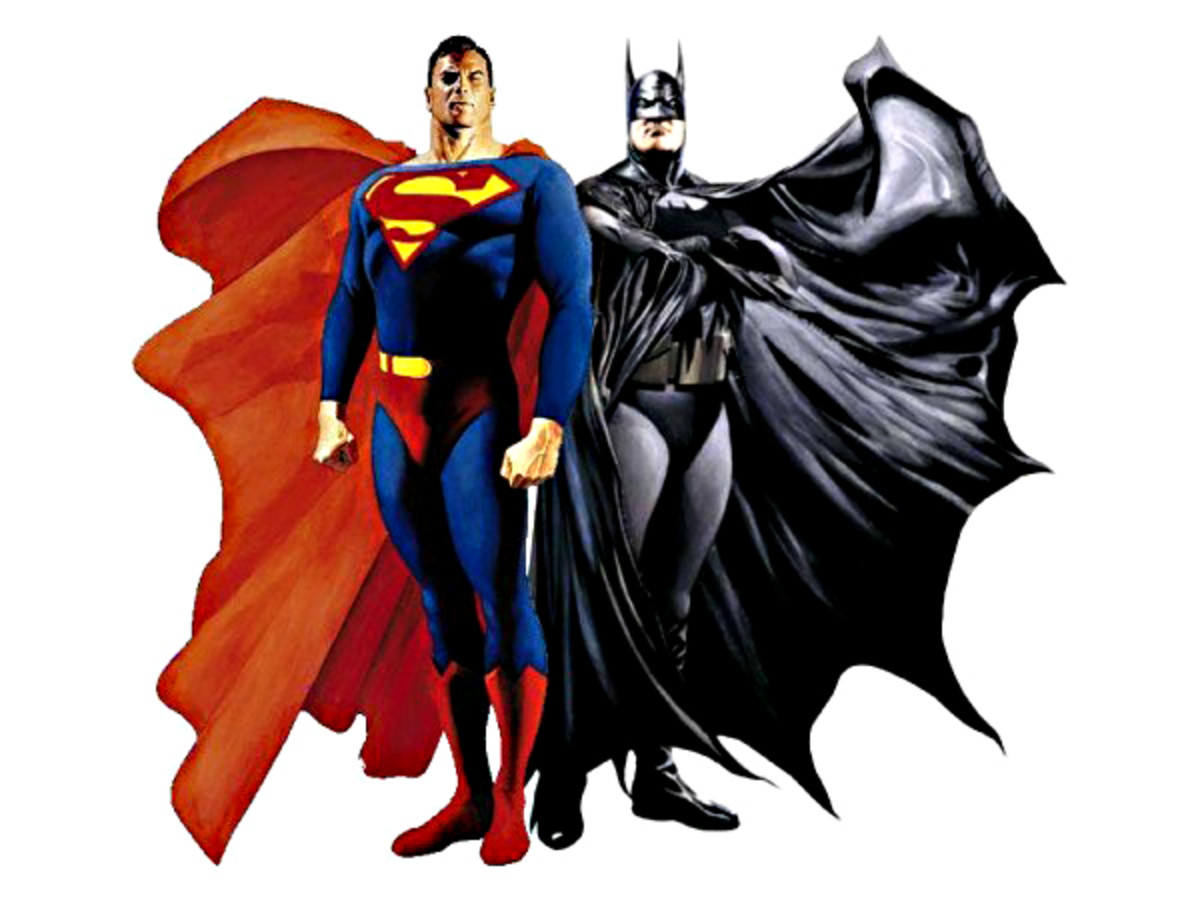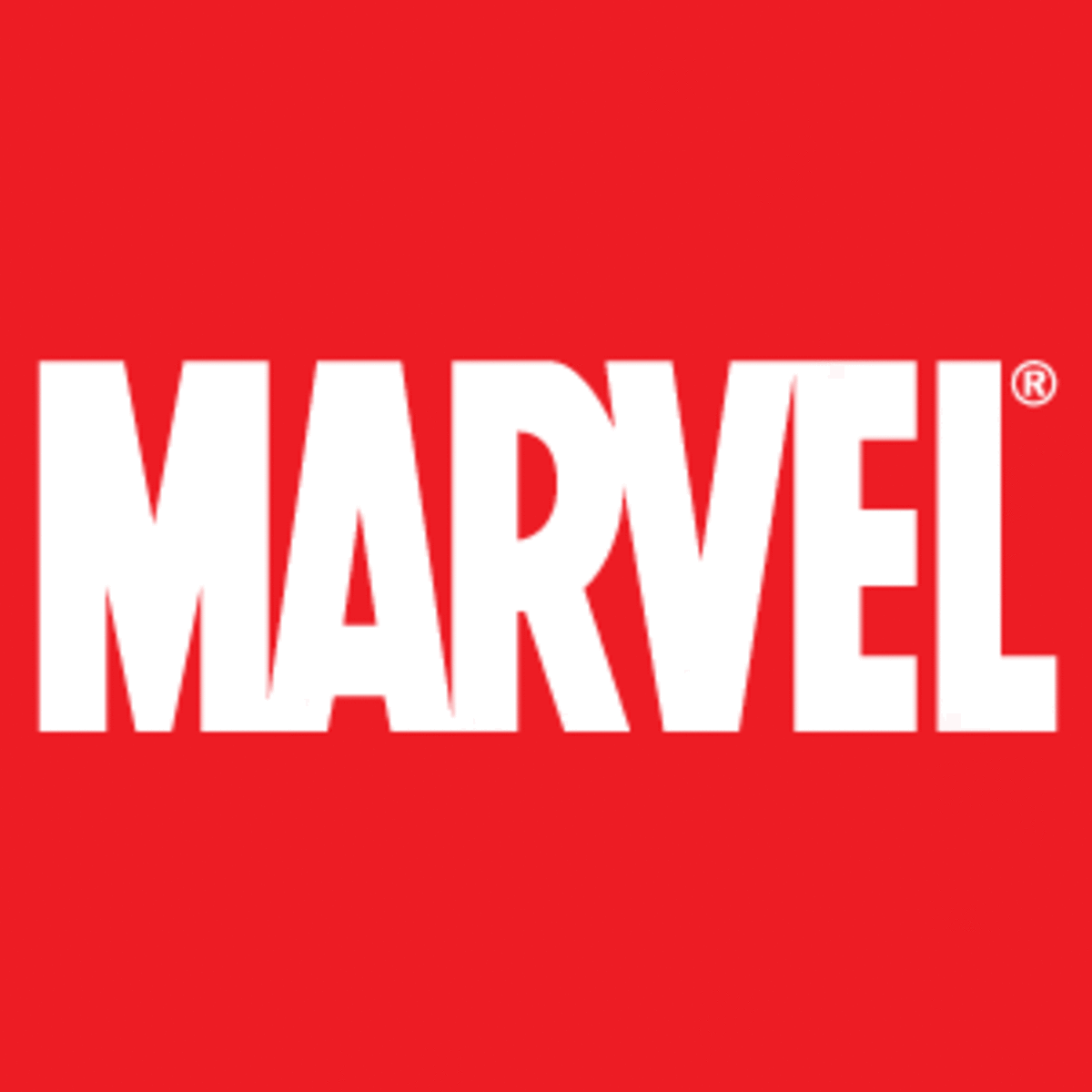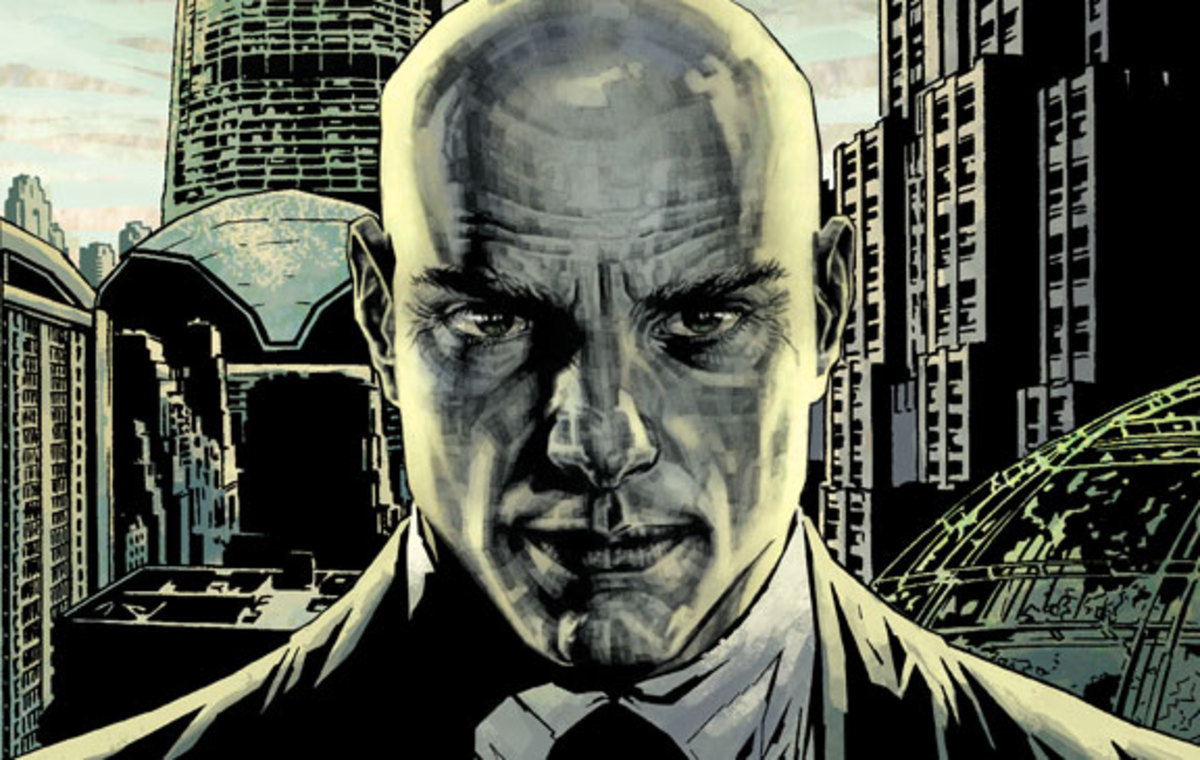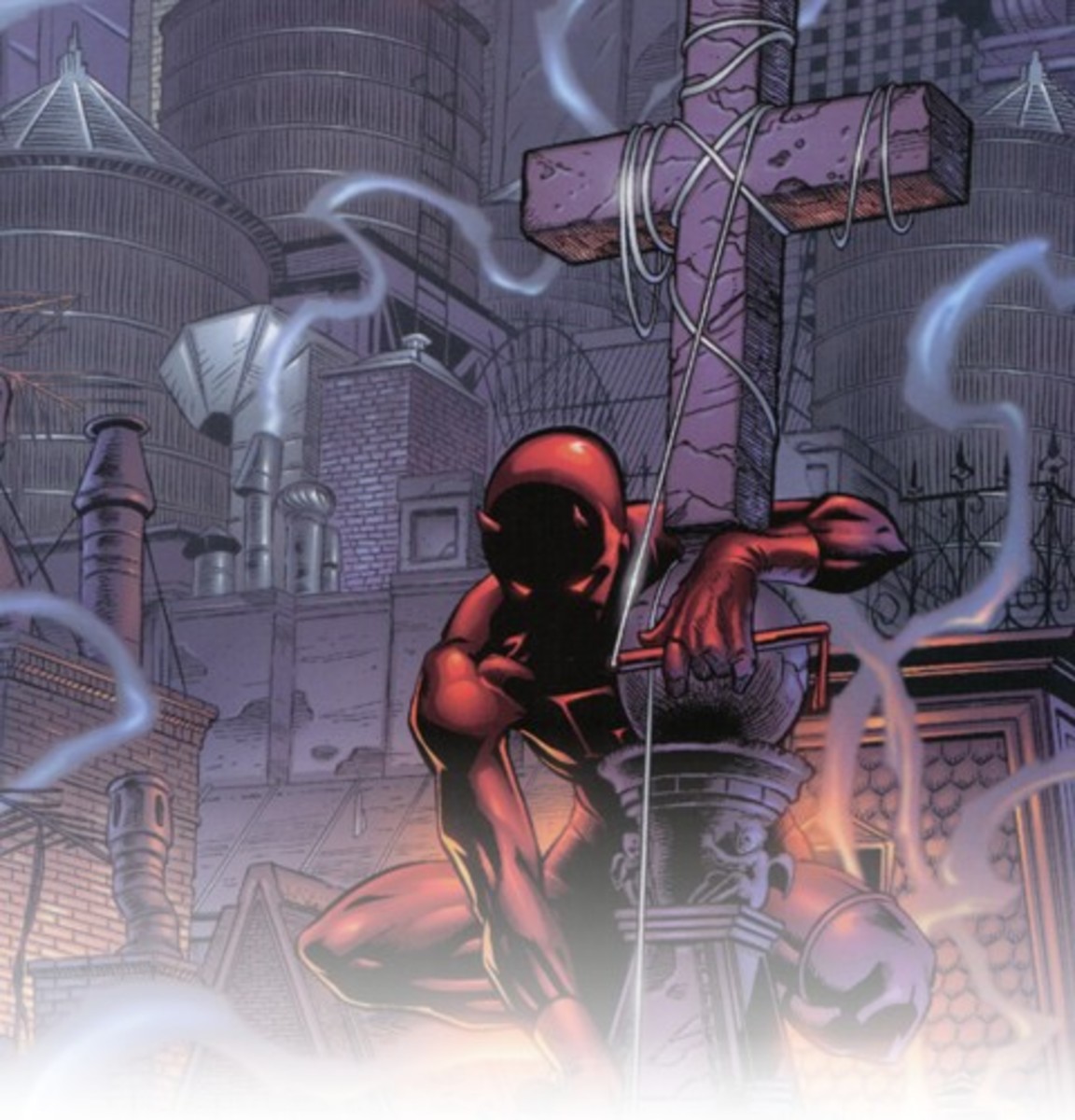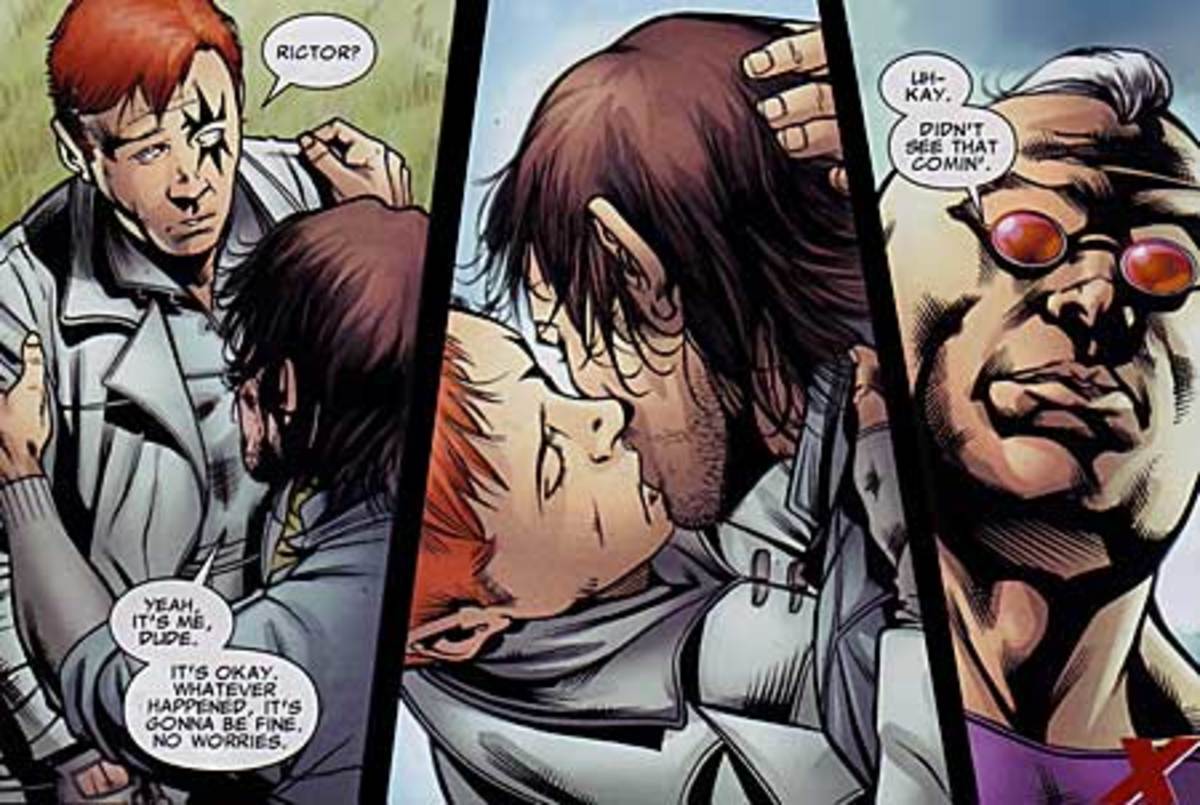Comic Books: the Rise & Fall & Rise & Fall Etc. of the Industry--Part 1
Superman's debut...Action Comics # 1
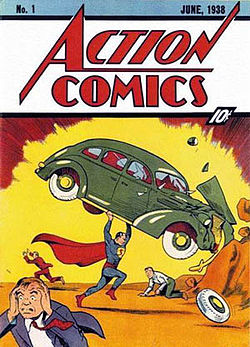
Batman makes his first appearance in Detective Comics # 27
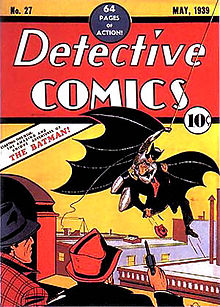
Marvel Comics # 1: The book that introduced the Human Torch and the Sub Mariner
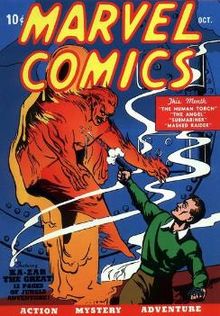
The All-American Hero Captain America comes on the scene
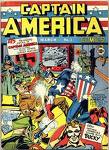
The saga of the super hero
Comic book adaptations and Super Hero adventures have become very trendy and popular these days. Just this year alone, we’ve had cinematic adaptations of Thor, the Green Lantern, Captain America and a prequel to the X-Men franchise. Next year the much-anticipated Avengers film is due, and will no doubt be a huge box office bonanza. On TV, Smallville just ended a very successful 10-year run. Comics have come a long way since they began back in the ‘20s, and the medium has had an interesting 80-plus year history. Since next month is the annual New York Comic-Con (Which I will be covering as a freelance reporter and will definitely be writing a hub about) I thought I’d make this two-part hub for any comic book fans who might be reading, detailing the trials and tribulations of an industry that has had a lot of ups-and-downs.
Part One: Comic books began in the mid-1920s as a way of reprinting newspaper comic strips. Since newspapers are generally read once and then tossed out, a single comic strip is soon forgotten. The syndication companies who held the rights to these comic strips decided to make a profit on them by reprinting them in collected volumes, which would be called comic books.
Comic books were immediately popular with children, allowing young kids to see the adventures of Popeye, Mandrake and other favorites from before they were born. New companies were formed out of this new medium. The most long-lasting and influential was DC Comics, founded by Malcolm Wheeler-Nicholson.
When the stock of old comic strips started to run out in the mid-thirties, comic book publishers began to hire writers to pen original material. Since this was a medium that lacked respect or credibility at the time—and they didn’t have the budget to pay seasoned professional writers the salaries they asked for—the publishers began hiring students right out of college. Also, Jewish writers who couldn’t get hired by established companies in those days also found a place writing for the kids’ medium of comic books.
Most of the comic stories were silly and funny tales, aimed at young children. There were a only few Pulp-type adventure books about daring pilots or detectives. Most of what was made in the 1930s what standard by-the-numbers material, until two young writers came up with an idea that would transform the industry and introduce the world to one of the most iconic fictional heroes ever made.
The young writer/artist team of Joe Shuster and Jerry Siegel, newly out of college, were searching for a publisher for their new creation-Superman! The new hero was based partially after the pulp hero Doc Savage (There are a lot of similarities between the two) and was partially a modern spin on the heroes of mythology--like Hercules--given a sci-fi twist. Superman was faster than a speeding bullet; more powerful than a locomotive and could leap tall buildings in a single bound. (He couldn’t fly in the early comic strips. That came a few years later.)
The Superman comic had been rejected by a dozen comic book publishers and newspaper syndication companies. However, DC Comics owner/publisher Wheeler Nicholson immediately saw the potential in this novelty and hired the young duo. Superman first appeared in 1938, in the first issue of an anthology book called Action Comics. (The issue featured a half-dozen stories, of which Superman was only one.) Nicholson had such high hopes for the character that Superman was put on the cover.
The sales were excellent for the first issue of Action comics, helped immeasurably by Jerry Siegel’s iconic cover image of Superman lifting a car over his head. Action Comics became DC’s biggest seller and Superman was its most popular feature. Superman was later given his owner monthly series “the Adventures of Superman” although he still appeared in Action Comics. Superman began as a social crusader, battling corrupt millionaires and greedy slum lords, but soon morphed into an all-purpose crime fighter. For the first time, the word “Super Hero” was coined, and the floodgates opened for a new genre.
A plethora of new super-heroes were unleashed by the various comic publishers. Characters like Bullet-Man, Wonder Man and many other similar “Man” characters with a variety of super powers began to appear. None of them came close to rivaling DC’s Superman—not until DC itself came up with a character nearly as popular.
Artist Bob Kane and writer Bill Finger used masked adventurers of the past --like Zorro—as well as the pulp character of the Shadow, for inspiration in creating the masked vigilante hero Batman. Although technically not super-powered (except for his awesome intelligence) Batman was a masked costumed adventurer and thus was lumped into the trendy category of Super-Hero. The caped crusader debuted a year after Superman in Detective Comics # 27. (Like Superman, he would soon get his own book, while simultaneously appearing in Detective Comics.) Batman had a very grim origin (His parents being shot down in front of his eyes when he was 6-years old) and began as a scary, gothic character. Unlike Superman, he wasn’t interested in social issues—he just hated criminals. He was, in most ways, the antithesis of Superman, which made the one-two punch of the Superman/Batman combination so lucrative for DC, since they appealed to a wide range of fans. The two characters would branch out into other mediums, including radio shows, newspaper strips, novels and animated cartoons. The popular Max Fleischer Studios Superman theatrical cartoons were a milestone in animation.
On the heels of the 'Big Two', DC put out a legion of new super hero books, including the Green Lantern, the Flash, the Atom, Hawk Man, Star Man and many others. Each one was creator-owned. The series were self-contained and had no connection to any other DC title. The DC line-up was immensely popular, mostly with kids, but it was starting to slowly spread to “tween” readers. This period became known as the Golden Age of comics.
There were lots of smaller comic companies that tried unsuccessfully to dethrone DC as the king of the comic hill. The one that came closest was a little company called Timely Comics—which would one day revolutionize the comics industry under the name Marvel, but not for another 20 years. Back in 1939, Timely Comics began with the creation of the sea-breathing maverick from Atlantis, Prince Namor the Sub-Mariner. Created by Bill Everett, Prince Namor was the first of the anti-heroes, alternately heroic and ruthless. (Namor would later inspire the character of Aquaman.). Namor first appeared in Marvel Comics # 1. In that same issue, the original Human Torch--created by Carl Burgos--also made his appearance. While the Sub-Mariner and the Human Torch were not exactly Superman and Batman, they were the next most popular characters around at the time. They put timely on the map, and raised the little company above the other competitors to DC.
In the same year, Timely comics President and publisher Martin Goodwin hired his teenaged cousin Stanley Leiber as an office assistant. Leiber would rise up in the company to become a writer. No one knew at the time that the young assistant would become the greatest legend in the history of the comic medium, under the name Stan Lee.
Timely was the first ever comic company to do a cross-over story. Heroes were all creator-owned and seperate from each other back then. But when Timely produced a story where Namor the Sub-Mariner slugged it out with the original Human Torch, the industry took notice. The water vs. fire punch-up made a big splash. Nothing like that had ever been done. This inspired DC comics to start regular cross-overs between their Big Two characters Superman and Batman. They first met on the character’s radio shows and would later meet face-to-face in the comic books.
In 1939, the first legitimate rival appeared to knock Superman off his perch as the king of the comics. Fawcett Comics debuted their new hero Captain Marvel. The captain had similar powers to Superman, but the twist on the character was that Captain Marvel was a boy in his civilian identity. When ten-year-old Billy Batson said the magic word “Shazam”, he would transform into the powerful adult form of crime-fighter Captain Marvel, with the strength of Hercules, the speed of Mercury and the wisdom of Solomon.
For the first time, Superman slid down into second place, as Captain Marvel began outselling him. This caused a worried DC comics to begin a long law suit against Fawcett for ripping off their Superman character. (The legal battle raged until 1953, when DC won the decision and Fawcett was forced to cancel Captain Marvel.)
Many people thought that the popularity of Captain Marvel was due to his child identity as Billy. They reasoned that kids who read comics related better to kid characters. This began the era of the kid sidekick.
Robin the Boy Wonder was the first of the juvenile sidekick characters. After him came a host of others. (Sandman and Sandy, Green Arrow and Speedy, TNT and Dyna-Mite, etc., etc.) The appearance of Robin in the Batman book softened the rough edges of the formerly grim and gothic Batman character. The caped crusader was transformed into a reassuring father-figure, instead of an obsessed vigilante.
When World War Two began in Europe in 1939, comic writers began to work the war into their stories, several years before the USA entered the conflict. Since many of the comic writers were Jewish, they felt that they had to make a statement about Hitler’s atrocities during the Holocaust. Comic book heroes were frequently seen punching Nazis on the cover of the comics (Even if there were no Nazis in the actual comic.) One famously cheesy Superman story of 1940 had the Man of Steel flying over to Germany and grabbing Hitler by the scruff of the neck, shaking him and dragging him to England where he was put in a prison cell.
In 1941, several months before the Pearl Harbor attack, Timely Comics created their newest and most popular character—Captain America; Created by writer Joe Simon and an up-and-coming young artist named Jack Kirby. Kirby would go on to become the most legendary artist in the industry and one of the most respected names in the history of the comic field.
Wrapped in the red, white and blue, and carrying a shield with the colors of the flag on it, Captain America burst on the scene to instant acclaim. At a time when patriotism was still in vogue, Captain America was the epitome of national pride. He had a teen sidekick named Bucky. Captain America was the fourth most popular comic, just behind Captain Marvel, Superman and Batman. He completed the ‘Big three’ triumvirate for Timely of Captain America, the Sub-Mariner and the Human Torch. (Later to be teamed up in their own super squad.)
Around the same time, DC comics completed their own top-tier ‘Big Three’ triumvirate, with the addition of a new innovation—a female super hero. This comic book first-lady was known as Wonder Woman. Wonder Woman was created by Charles Moulton—alias William Moulton Marsden. Marsden was a noted psychiatrist, who was famous for creating the Lie Detector. He did a lot of studies into the psychology of gender roles in society. (Marsden actually lived a bizarre private life where his mistress and the children he fathered with her, were living in Marsden’s house with his legal wife and kids.) Marsden was hired by Wheeler Nicholson to be a consultant for DC to determine what people wanted to read. Marsden suggested that they could gain female readers by introducing a female super hero. Wheeler Nicholson agreed and it was decided that Marsden himself (Under the alias Charles Moulton) would write the new comic himself. Marsden used his knowledge of mythology as inspiration to create his superwoman.
Wonder Woman never achieved the levels of success that Superman and Batman did, but she became the third most popular DC book of the time and the fifth in the country (Behind Captain Marvel, Superman, Batman and Captain America.). Wonder Woman was meant to bring in female readers, which it did to an extent, but female comic readers were still scarce in the 1940s. The character actually appeared more to males because of the fetishistic artwork and the images of bondage that were so common in the series.
After the Pearl Harbor attack in Dec. 1941, Japanese became frequent villains in comic books. The Japanese were often portrayed as having either buck-teeth or fangs. They were drawn as being rather monstrous figures. Throughout the war years, comics were used as Rah-rah propaganda books where “krauts” and “nips” were regularly clobbered by masked American heroes. The patriotism worked, and comic sales rose from 15 million to 25 million by 1942.
Once World War Two was under way, many of the comic writers/artists were either inducted or enlisted in the military. Many popular comics were left without their original creative teams. The creators expected their comics to be put on hiatus until they returned. However, the publishers decided that the books belonged to them, not the creators, and so they hired new writers and artists to take over the books. This was the end of the creator-owned era and the beginning of the corporate ownership of characters. From here on, characters would become the property of the publishers, not the creative team.
The new creative talents hired to replace the creators were instructed by the publishers to tone down the violence. They felt that people during the war were getting tired of violence, so comic books became tamer, often serving as fable-like morality lessons. The tactic backfired. Comic sales, which had peaked at nearly 100 million in 1944, started to drop steadily over the next few years and by 1946, sales were less than half of that. Many super hero titles were canceled.
In a move designed to reinvigorate the fading popularity of heroes, DC Comics made the surprising move of uniting all their heroes in one book called The Justice Society. This was the origin of the super-team. Timely Comics would later do the same thing when they united their ‘Big Three’ of Captain America, the Human Torch and the Sub Mariner as a team called The All-Winners Squad, written by a young Stan Lee. These super teams didn’t do much to reignite the genre.
Things got worse over the next few years when Dr. Frederick Wertham came to prominence with his anti-comics crusade. Dr. Wertham was a German psychologist who had been doing studies on juvenile delinquency. His studies of juvenile offenders found one thing most of them had in common—they liked to read comic books. Wertham came to the conclusion that violence in comics was the cause of juvenile delinquency. He began a one-man crusade to have super-hero comics banned. He was interviewed in the newspapers and on the radio, and his theories got a lot of support from politicians who were looking for a cure to rising street crime by juveniles. His book on the topic, "Seduction of the Innocent" sold very well and influenced many people.
In 1954, the US Senate began a series of hearings regarding the comic book industry and Dr. Wertham was the key witness. He convinced the Senate that comic books were harmful to society. This led to the creation of the Comics Code Authority. The CCA was an unofficial agency composed of people within the industry who set down a standard of rules--which had to be rubber stamped by the government—that all writers and artist had to comply with. The rules were very strict and very limiting for creators who were used to having carte blanche. The super hero genre was essentially neutered by this, and the popularity of Super Hero comics took a nose dive. The Golden Age of comics ended with a whimper, not a bang.
Comic books were suddenly demonized, forbidden in homes and schools. Kids had to hide their comic books from their parents, much the way other kids have to hide their Playboys. A kid caught with a comic book in school could be suspended.
Most of the comic companies either went out of business or switched their focus to funny books, like cute talking animals. Archie Comics and other humorous, non-action books took over the medium. Even Timely canceled the All-Winners Squad, and began churning out Monster story anthologies like “Where Creatures Dwell” and “Monsters on the Loose”. The only three super hero books to survive the purge were Superman, Batman and Wonder Woman, because they were too valuable in terms of merchandising to cancel. (The Adventures of Superman TV series, starring George Reeves, was hugely popular among kids in the 1950s.) For all intents and purposes, the super-hero comic genre was dead.
……………..
I’ll wrap up part one here. Look for part Two to see the rest of the history of comics.
Link to Part Two
- Comic Books: The Rise & Fall & Rise & Fall of the Industry...Part 2
Follow the rest of the history of comic books here

